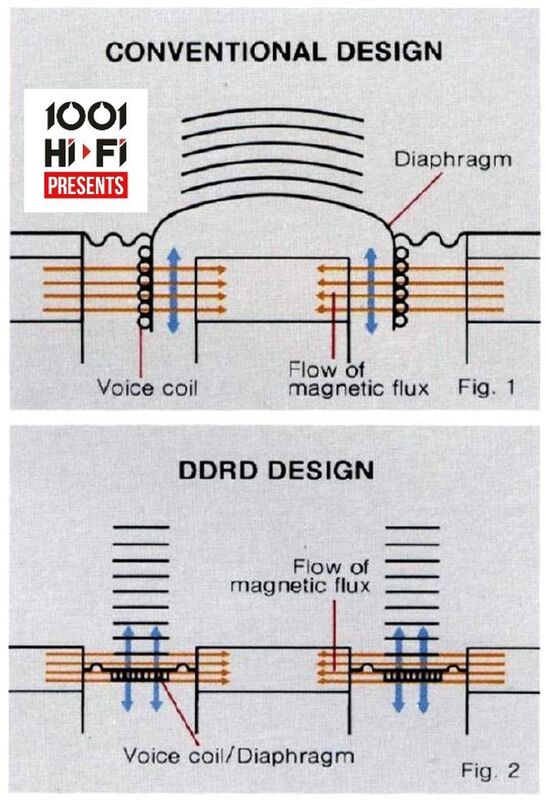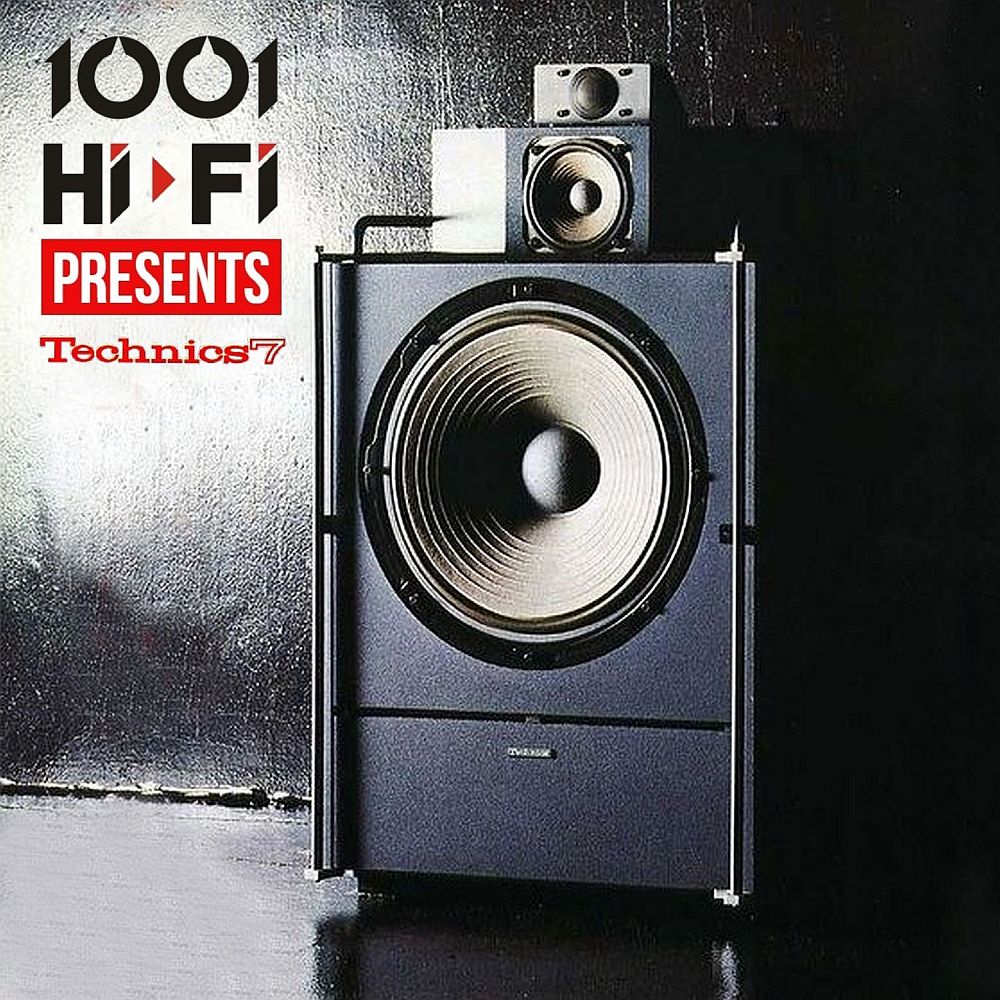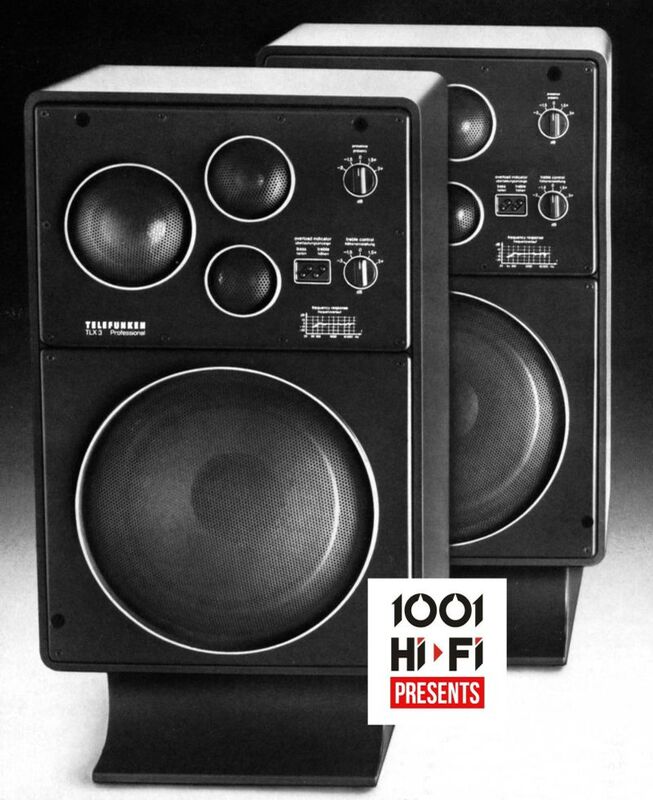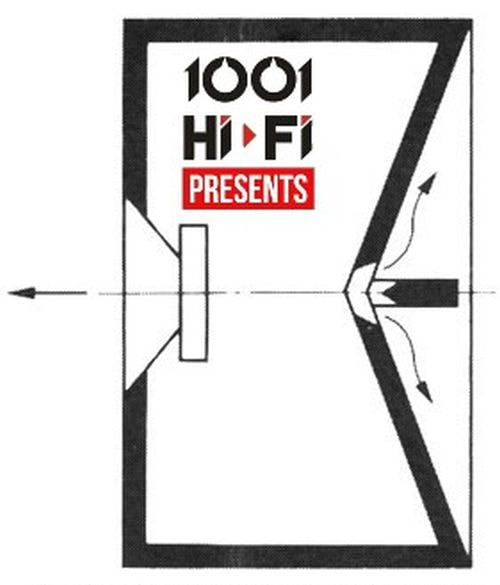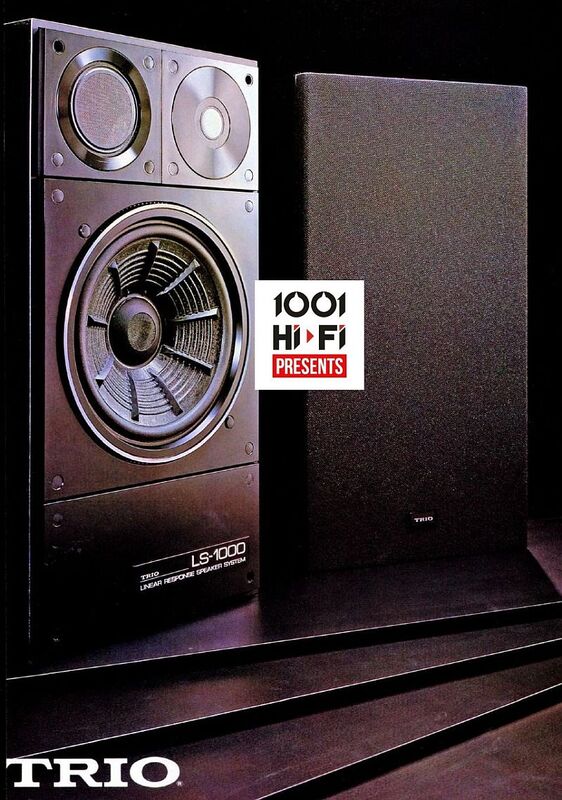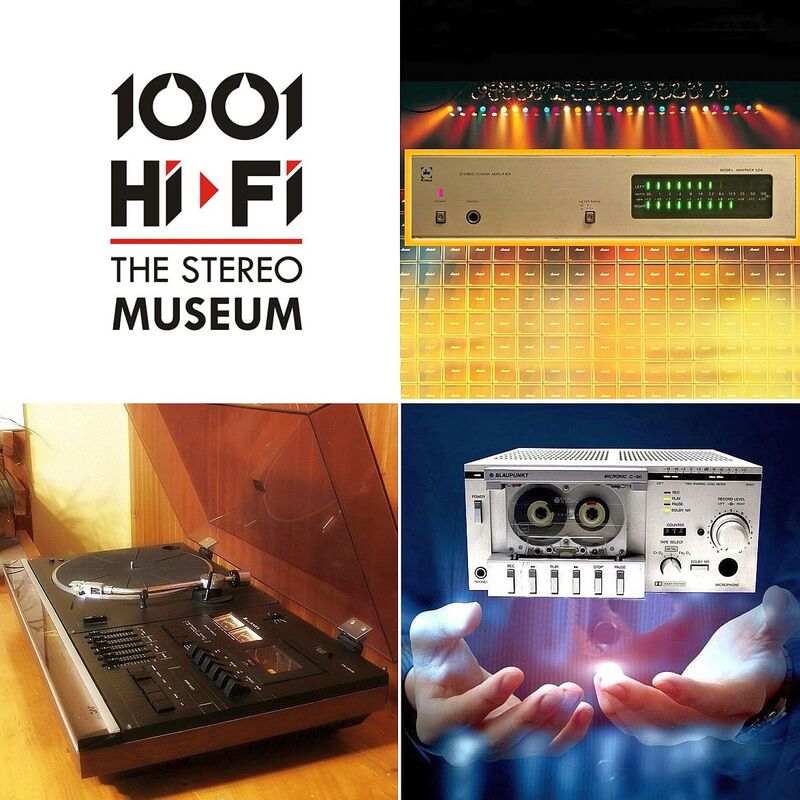SANSUI SP-20000 (JAPAN 1973)
Sansui has three good things (and one bad thing) to tell you about the SP-20000 three-way, floor standing speaker system introduced in 1973. First, the bad thing: if you play bad music through it, you hear bad music from it. What could be more fair? The SP-20000 is a full-bodied speaker system entirely without a "personality" of its own. That's good. The sound waves it puts out are exact conversions of the electrical impulses it receives from your amplifier or receiver. Thus, good or bad, the material you feed it is reproduced accurately and objectively as the medium of high fidelity can achieve. When you hear the results, you'll definitely agree that this is good thing number one. Good thing number two is the fact that two of its three active speaker drivers employ a revolutionary Sansui development called the Direct-Drive Ring Diaphragm - or DDRD for short - to improve phase response, transient response and frequency response. The tweeter and midrange units in the SP-20000 are the first commercially available speakers to use this unique system where the voice coil is the diaphragm, and vice versa. Good thing number three is that the total design of the SP-20000 is integrated right down to the most minute detail. A precision-engineered "passive radiator" woofer is included to smooth and enrich the lows. The crossover and level control system are accurate and extremely flexible. The long-excursion, free-surround woofer is capable of very flat (linear) response at all input levels with reduced intermodulation distortion. And to wrap it up, the SP-20000's sensitivity (93dB/m/W, which is high but not too high) means that inputs from the exceptionally big peak of 100 watts clear down to low-power signals are handled efficiently at any listening level. The clean and linear musical reproduction of the SP-20000 goes for any kind of music, from bubblegum to Bartok and from jug bands to symphonies. Sansui markets the SP-20000 by the pair, the right-channel unit is a mirror-image of the left-channel unit in terms of speaker placement. Each matched pair of SP-20000 comes with a pair of two-way speaker stands of attractive and strong aluminum tubing. Speakers may be positioned flat or on a slight angle. Technical data: Woofer - 255 mm cone, Passive radiator - 255 mm cone, Midrange - 90 mm horn, Tweeter - 40 mm horn | Power rating 100 W (Max.) | Impedance 8 ohms | Sensitivity 93 dB/W | Frequency range 25 to 40,000 Hz | Crossover 1.500Hz, 7.000Hz 12dB/oct. L-C parallel type | Dimensions without stand 376 W x 786 H x 320 D mm | Weight 30 kg.
SONY SS-G7 (JAPAN 1976)
An ambitious offering developed by Sony’s audio business group, which had just been formed. The speakers effectively updated the Sony image in this category, with features such as carbon cones, an inline speaker layout (arranged on the same vertical and horizontal axes), and a grooved baffle to prevent standing waves for better acoustics. Audiophiles will also notice other details in the original style, such as the way the woofer edge protrudes from the baffle. The 38cm woofer with a voice coil of 100mm diameter and with low-distortion magnetic circuit reproduces deep and rich bass sound. The 3.5cm tweeter and 10cm mid-range of balanced-drive type has an excellent performance and high linearity that will reproduce a well-balanced sound in high and mid frequencies. The baffle board is grooved in lattice pattern to improve the acoustical effects and directivity. In accordance with your personal preference and the room acoustics, the tweeter and mid-range levels can be adjusted by front panel controls. Specifications: Three-way bass-reflex, 38cm Carbocon woofer, 10cm balanced mid-range, 3.5cm balanced dome | Impedance 8 ohm | Power: 100W Nominal, 200W Maximum | Sensitivity 94 dB (1W, 1m) | Frequency range 27 Hz to 25,000 Hz (+4/-8 dB DIN) | Dimensions 510x940x445 mm | Weight 48 kg.
TECHNICS SB-7000 (JAPAN 1975)
This Classic model was released in Japan in 1975 and it was simply called Technics7. Later, when it was added to their export programme it was renamed SB-7000. In order to obtain linear phase response, the travel time of the sound from the speaker to the listener must be the same for each driver. The Technics SB-7000 therefore is built with its drivers staggered in such a way that their acoustic centers are equidistant from the listener's position. Technics developed three drivers of very, very wide frequency range to be used in the SB-7000, so that only the linear phase portion of each driver's range could be combined in a 3-way system of exceptionally linear overall phase response. The woofer is an extra-large 35cm triple-layer TC cone with blended aramid fibers to reduce doppler effect distortion. The 12cm midrange driver uses the same TC/aramid fiber-blended cone structure. The 32mm dome tweeter is a special high efficiency, low distortion dome driver, using a rectangular-shaped magnet, and a special dome-shaped diaphragm of heat-molded expanded polyurethane on a silk cloth base. The midrange unit operates in a sealed and damped enclosure while the woofer is loaded by two resistively-coupled cavities occupying the volume of the main cabinet leading out to a slot port below. The crossover unit is mounted at the rear of the midrange unit. The standard SB-7000 came with black grilles and black laminate surfaces with simulated wood for the side. Two more versions existed, the SB-7000MP with real wood veneer on the sides and the SB-7000W all white with green grilles. All versions are equipped with heavy duty carrying handles and protection bars around the woofer grille. Technical Specifications: 3-way 3-speaker bass reflex | Impedance 6 ohm | Instantaneous maximum input power 150W | Crossover frequencies 700Hz, 6kHz | Frequency range 37Hz-22kHz (-10dB) | SPL 90.5 dB/W (1m) | Dimensions 480x845x410 | Weight 33kg.
TELEFUNKEN TLX 3 PROFESSIONAL
(GERMANY 1978)
Introduced in 1978 the TLX Professional series from Telefunken featured a series of high-tech solutions. The largest model of this series was the TLX 3 Professional which was later replaced by the slightly upgraded TLX 33 model. While the enclosure of the TLX 3 is a traditional particle board with either "metallic-brown" or matte black finish, the front baffle was made of a new type of composite material - a blend of wood particles reinforced with glass-fiber for lower resonance. Built as a 4-way sealed speaker the TLX 3 features a 245 mm long-throw woofer, 65 mm mid-bass dome, 33 mm mid-high dome and a 25 mm dome tweeter. All the dome drivers feature a ferrofluid cooling system borrowed from space technology that helped increasing power handling and damping. The 25 mm dome tweeter is a 3-layer sandwiched material with aluminium as the middle layer. Additionally, the tweeter and midrange can be adjusted to adapt reproduction to ambient conditions and to the frequency characteristics of the amplifier and sound sources, the LED bass and treble overload indicator helps you to safely operate the loudspeaker while the tweeter has an additional "Sensistor" protection. Technical data: 200 W Music 120W Nominal power handling | Impedance 8 ohm | Frequency range 22-25000 Hz | Cross-over frequencies 500/2700/5000 Hz | Dimensions: 35,5x54x27 cm | Weight: 19kg | Original sales price: 750 DM.
TRIO-KENWOOD LS-1000 (JAPAN 1981)
The LS-1000 (LS-1800 on some markets) was the largest model in the Linear Response Speaker System lineup introduced by Trio-Kenwood in 1981. The LS-1000 has a high-rigidity enclosure with angled and reinforced back panel (no sound absorbing material inside), mirror imaged construction and separate enclosure for the midrange and tweeter. The 28cm woofer has a high-rigidity ribbed cone paper, die-cast frame and it uses a special mounting method. Instead of the usual screw mounting they are installed utilizing a bayonet mounting similar to the one used for photo camera lens. The 10cm acrylic resin flat diaphragm mid-range and the 3.6cm carbon fibre tweeter are mounted on a die-cast front panel while the cross-over frequencies are at 800Hz and 6kHz. If you look closer at the speaker terminal of the LS-1000 you will notice an extra set of terminals labelled "Sigma Drive". This enables the loudspeakers to be used with Kenwood's "Sigma Drive" amplifiers. Kenwood's exclusive patented "Sigma Drive" ignores traditional amplifier-speaker relationships by extending the amplifier's negative feedback loop past the output terminals, all the way to the speaker terminals. "Sigma Drive" ties a speaker's behavior directly to the amplifier's performance, which produces an unprecedented damping in excess of 600 at the speaker terminals and literally forces a speaker to behave in perfect sync with the amplifier. Technical data: 3-way, 3-speaker, linear suspension system | Power: 180W Max, 120W Rated | Frequency response: 32Hz-25kHz | Impedance: 8ohm | Dimensions: WxHxD 360x680x326mm | Weight: 33.5 kg.




